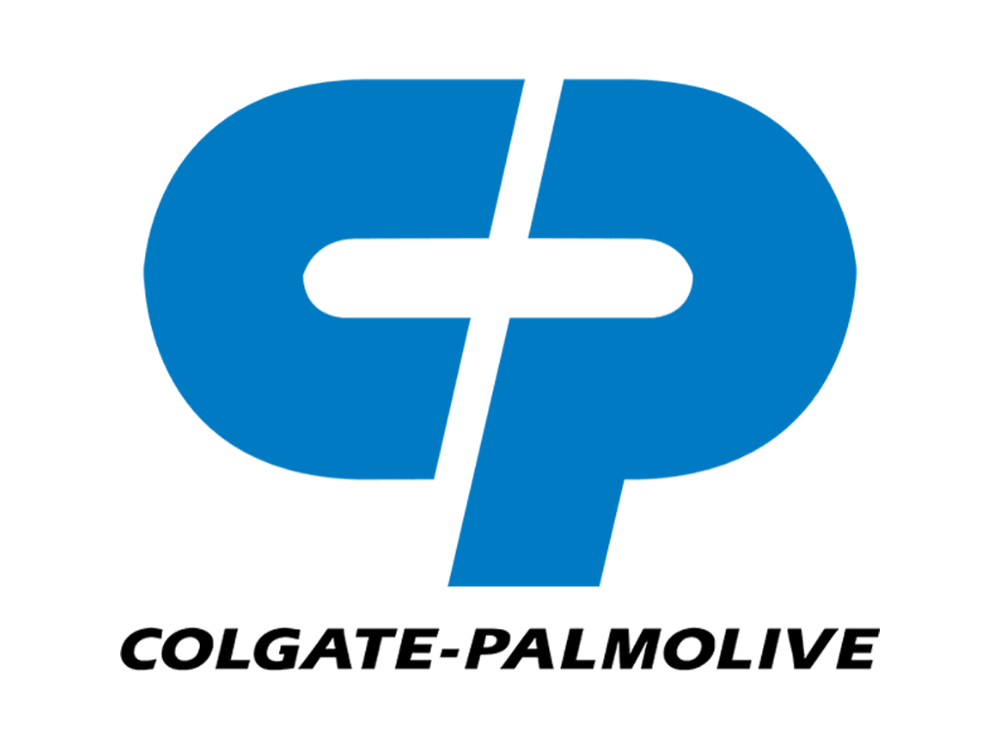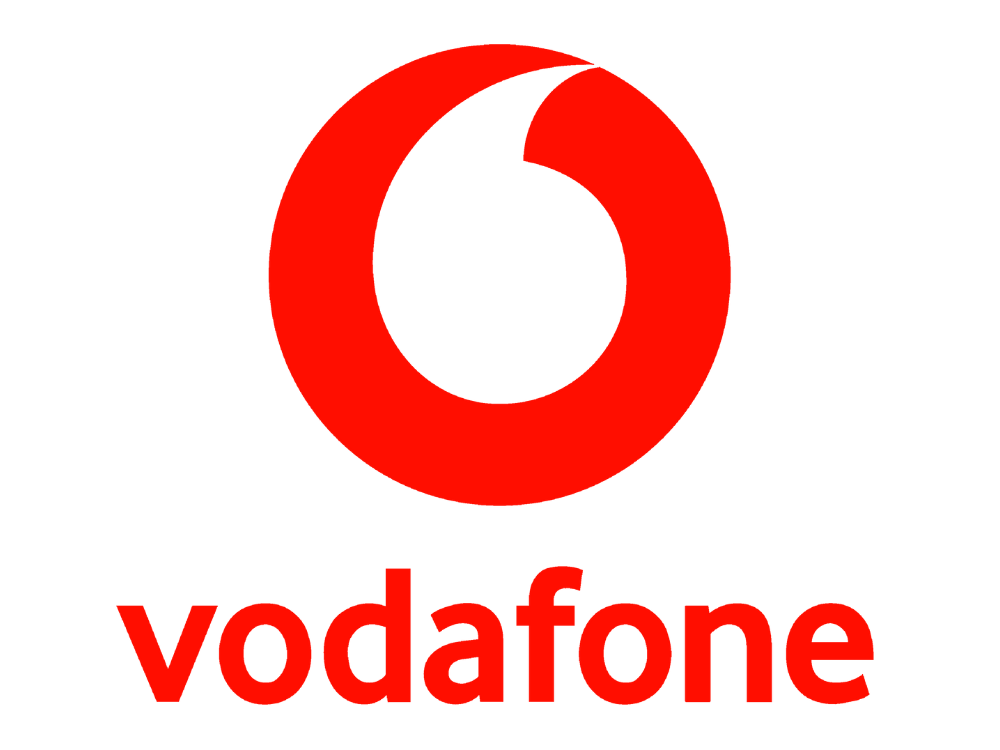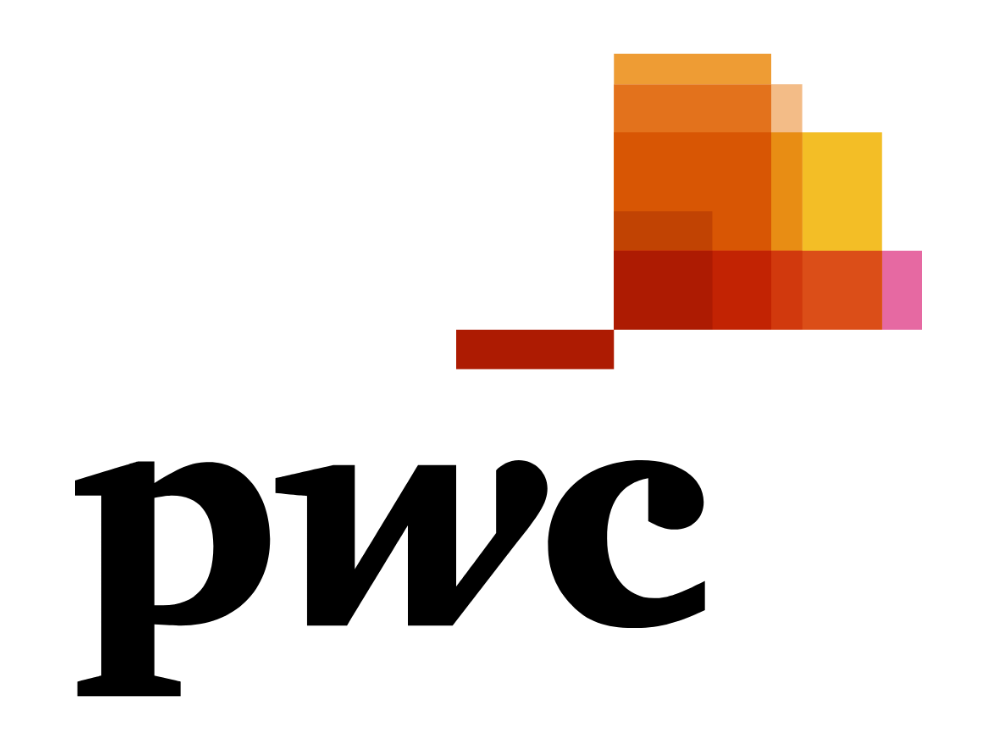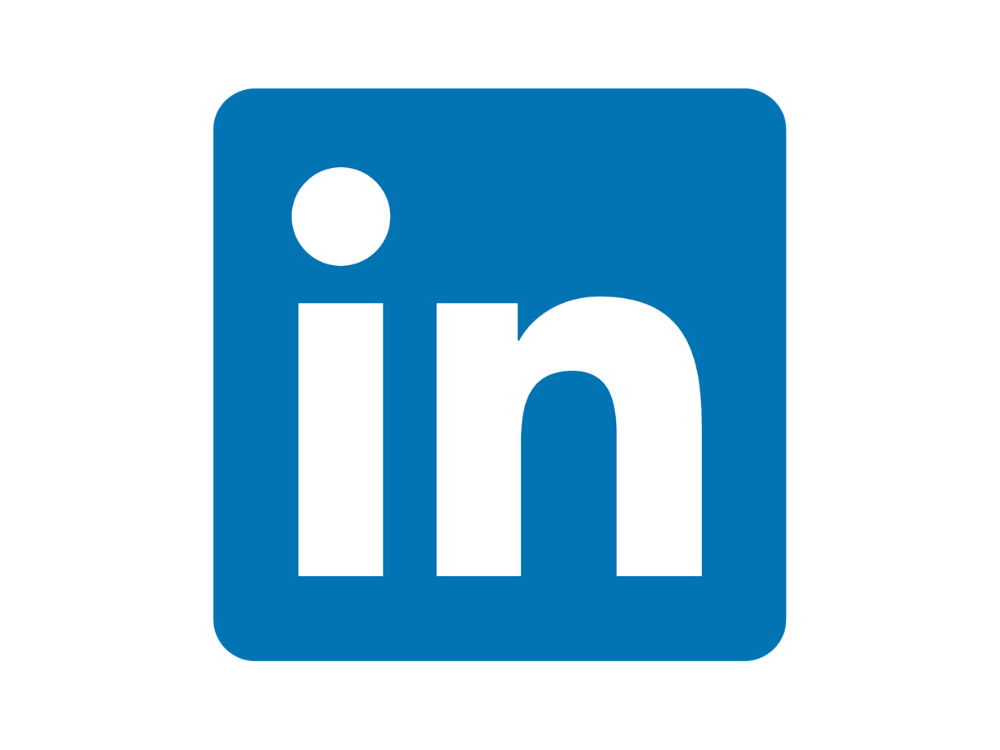Improve student learning outcomes and purposively reduce educators’ workload with our fully customisable collective critical thinking & collaborative creative problem-solving platform.
Our CBL Experiences
custom-designed for your specific module content
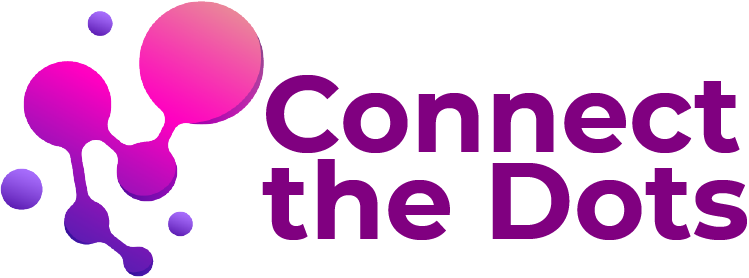
Teams gather insights and ‘connect’ a problem or opportunity they define with an enabler to create a solution. They test and iterate their idea using our trained integrated GenAI interface AND a peer-to-peer feedback loop. They rapidly prototype their idea using in-built image generation tech. Finally they critically evaluate the ideas from across their class and vote for the best idea.
Watch a 5-minute Walkthrough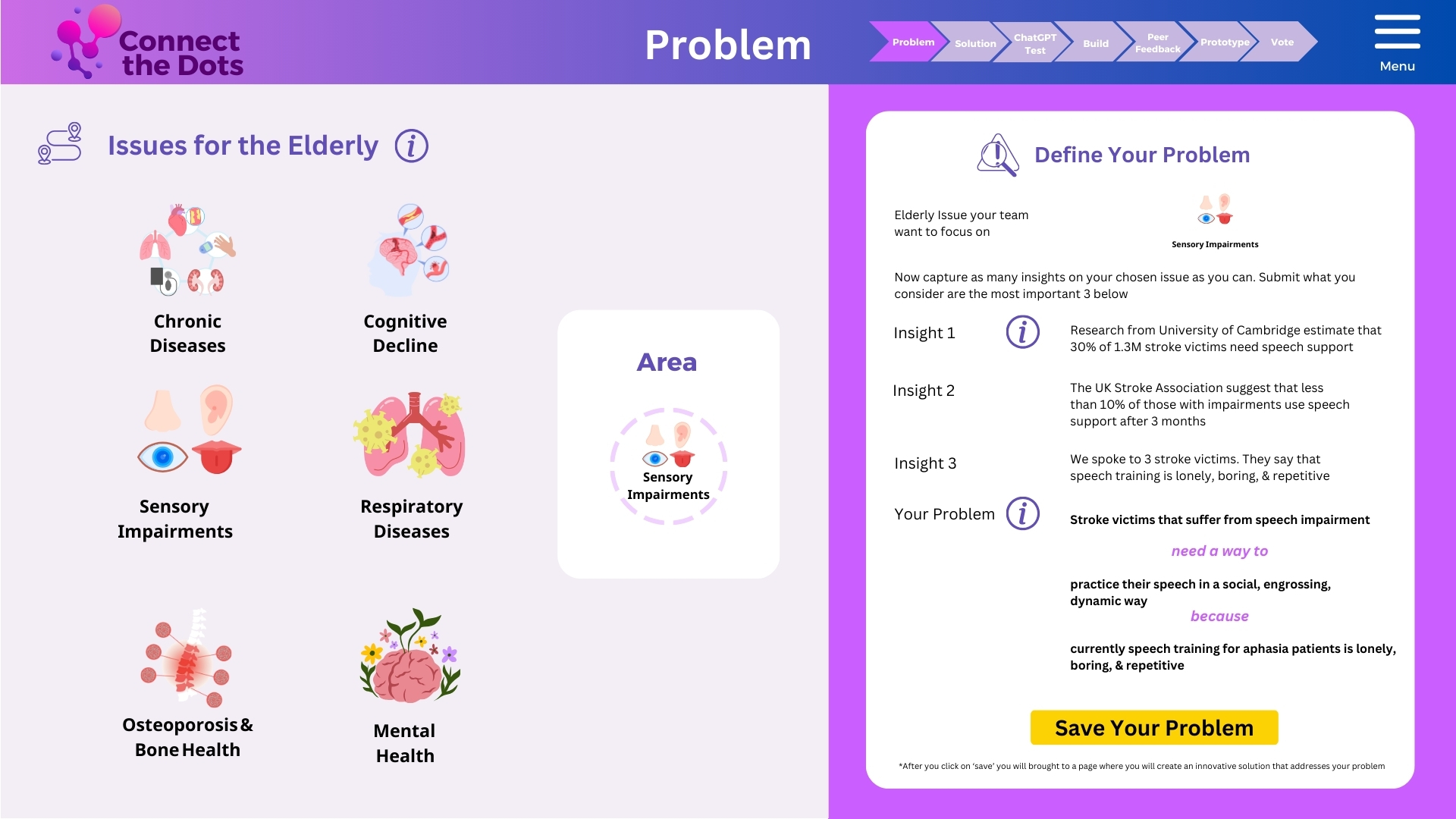
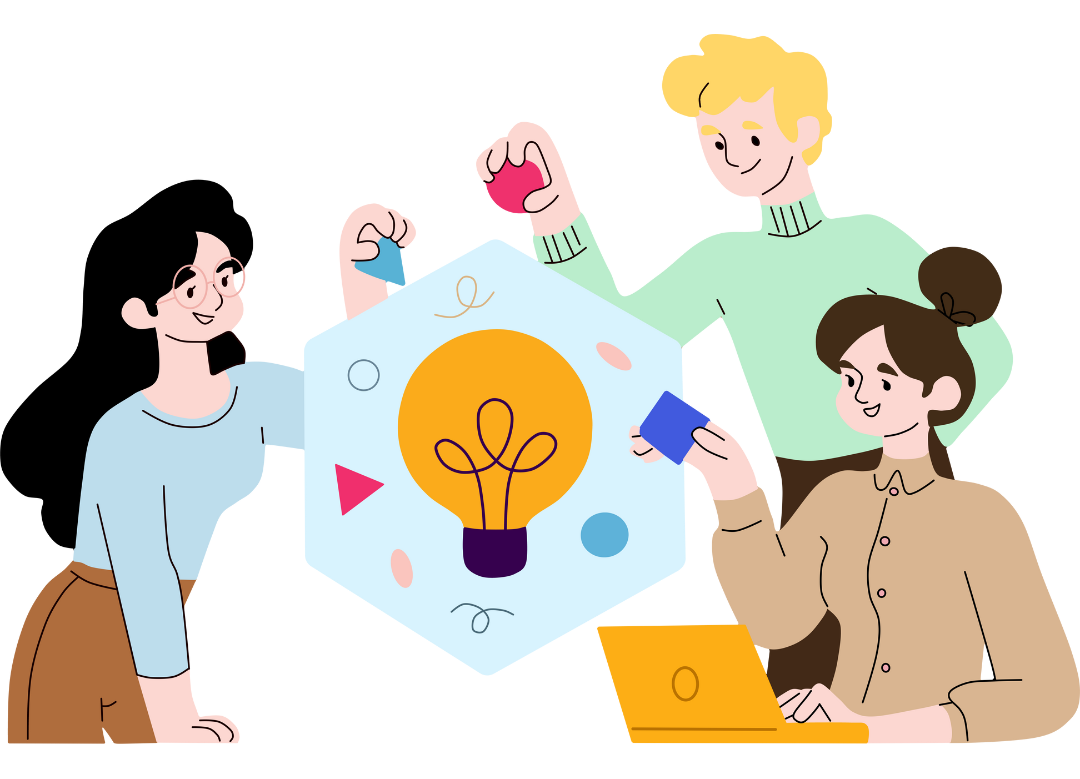
“CBL is an experience where learning takes place through identification, analysis, and collaborative design of a sustainable and responsive solution to a sociotechnical problem of which both the problem and outcomes are open.........CBL both deepens disciplinary knowledge and stimulates 21st century skills such as self-awareness, self-leadership, teamwork, and an entrepreneurial mindset”
Why These CBL Tools Work

Significant Improvement in Student Learning Outcomes
Foster Today’s 2 Most In-Demand Skills* - the goal of our challenges is to foster critical thinking & collaborative creative problem-solving skills* amongst our modern digital native students.
Practice Proven Problem-Solving Methodologies - we combine learning science, UX design and proven problem-solving pedagogies to co-create unforgettable, real-world, immersive learning experiences. These on-demand, self-paced, social & gamified learning opportunities empower students to learn by doing and deepen their knowledge via active, experiential assignments.
Engrossing, Immersive Iterative Learning Tools - smart tech features including a smart interactive whiteboard, our trained, pre-prompted GenAI interface and peer-to-peer algorithms significantly boost student engagement.
*The World Economic Forum, The Jobs of the Future Report 2023 finds critical / analytical thinking, creative thinking and AI will be top in-demand skills by 2027Purposeful Reduction in Educators Workload
Seamless integration of CBL experiences - our VLE-integrated platform fully supports problem-solving challenges, allowing faculty to focus their time on sharing their subject matter expertise.
Time-Saving Student Communications - Our multichannel communications student instruction and query system eliminates admin time in running challenges-based assignments.
Effortless Student Progress Tracking - With the 1-Click "CBL Tracker Dashboard," educators can easily monitor student progress and compare team submissions in real-time.
Streamlined Assessment & Data Analytics - The "CBL Assessment & Outcomes Analytics Dashboard" simplifies the assessment process providing in-depth analytics for the educator and a personalised challenge report for each student.
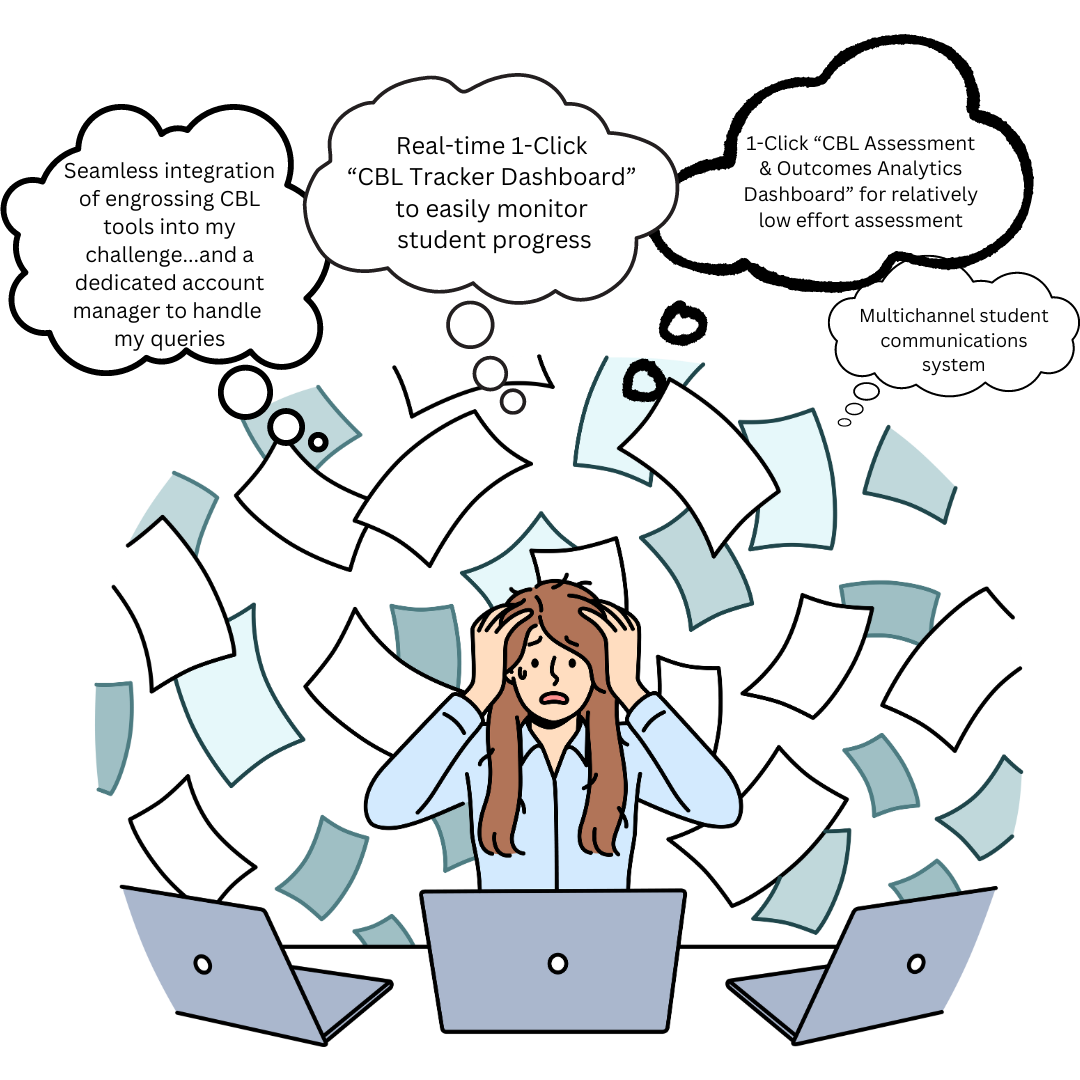
How it Works
-
Week 0Week 1Week 2Week 3
-
Week 0
-
Step 1

Prepare
During a call with one of our innovation specialists we demo the challenge, consider how to best customise the challenge to suit your module content, discuss options for integrating into your module assessment or not and agree the communications strategy.
-
Week 1
-
Step 2

Ideate
Students receive a link to the challenge page, with an explainer video and guidance on how to participate. The challenge page will guide them through each step - empathise, define, ideate, test, prototype
-
Week 2
-
Step 3

Vote
Following the deadline for submissions, students are prompted to view all of their classmates ideas, appreciate the divergence of ideas submitted and then vote for their favourite one.
-
Step 4

Build
After voting, students pick one idea which they can build, combine and improve on with their own creative twist. They submit their suggested improvement, which provides each team feedback on their idea.
-
Week 3
-
Step 5

Awards & Analytics
The winners (and honourable mentions) for the best original team idea and the best individual build idea are announced in class. Each student then receives a personalised innovation report & digital badge. The academic host receives an analytics report.
What UCD School of Biomolecular and Biomedical Science said..
FAQs
Alternatively a year head, module co-ordinator or lecturer could promote the experience as an engaging, immersive way for students to have a creative impact, now or in the future, on real-world challenges.
- Idea Submission. 3-5 hours to understand the experience, gather insights, land on a problem worth solving, brainstorm multiple solutions that address the problem, choose the best solution, test, iterate and prototype.
- Vote. 30 minutes to think critically through the other submissions and vote for their favourite idea.
- Build. 30 minutes to select an idea to build on and create a twist that improves that idea.
- Personalised Innovation Report. 30 minutes to hours and hours depending on the students passion for creativity & innovation. The report that students receive includes links to all ideas submitted, voting results, builds as well as a range of innovation resources that will help accelerate creative mindsets and skills sets.
- Challenge customisation. You work with our team of innovation speacialists to create a challenge that fits your module and can deliver impactful outcomes
- Team formation. You might choose to do this manually in order to create diverse teams and get different students working collaboratively. Alternatively you might just select teams automatically using that function on your VLE.
- Class/Email Announcements. You might choose to issue emails using our templates or you can send us the class list and we will manage the communication. That's up to you.
Again, we fully are on-hand to advise on customisation.




